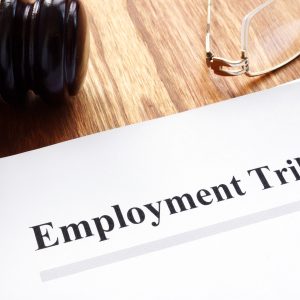Furlough Update – What has changed?
Key Contact: Claire Knowles
Author: Yannick Ramsamy
As restrictions begin to ease in England and Wales, the government has recently introduced changes to the Coronavirus Job Retention Scheme
Furlough Recap
The CJRS was introduced in spring 2020 to address fears of mass unemployment being brought about by the economic impact of the Covid-19 pandemic. The scheme was intended to avoid redundancies by reducing the pressure on employers to continue paying wages in full during the crisis period.
The original iteration of the scheme, whereby employees who were furloughed could not be required to work, ended on 30 June 2020. Since 1 July 2020, the scheme has permitted furloughed employees to work on a part-time basis, or be fully furloughed. Employees subject to this flexible furlough arrangement are paid in full for the time worked and the employer can claim from the CJRS in respect of the time for which they are not working. In other words, employees under the flexible furlough scheme can be put on a temporary leave of absence (i.e. furlough), and the employer can recover a proportion of pay from HMRC in respect of employees on that leave.
In respect of the period November 2020 to June 2021 inclusive, employers could claim reimbursement of the lower of either 80% of an employee’s wages or £2,500 per calendar month for hours not worked. During this period employers have been required to pay furloughed employees’ NICs and employer auto-enrolment pension contributions.
What has changed?
As from 1 July 2021, employers have been required to contribute towards the cost of their furloughed employees’ wages. The scheme now operates as follows:
- the government will pay 70% of wages up to a maximum of £2,187.50 for the hours that the employee is on furlough; and
- employers will be required to top up the wages of employees on furlough to ensure they receive 80% of wages (up to a maximum of £2,500) in total for the hours the employee is on furlough. This means employers will be required to make a 10% contribution up to £312.50.
What will be the position going forward?
Furlough has already been extended four times, which has caused confusion. Equally, it is intended that the level of the employer’s contribution to topping up furloughed employees’ wages will increase to 20% in August and September 2021. Effectively, this will mean the government will pay 60% of wages up to a maximum of £1,875, and the employer’s 20% contribution could be up to a maximum of £625.
Presently, it is envisaged that scheme will continue until 30 September. As restrictions ease and the economy opens, we anticipate that the government hopes that most furloughed employees will be in a position to return to work by the end of September. Ultimately it remains to be seen whether there will be any further restrictions. If there is a further spike in Covid-19 cases following the relaxation of restrictions in England from 19 July onwards, the government is likely to be under significant pressure to reconsider its position as to whether furlough will be further extended.
If you have any questions regarding the CJRS and the changes which have been implemented please contact our employment team.








